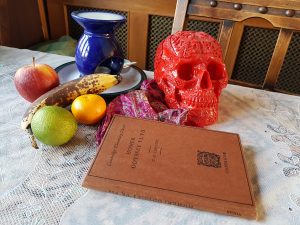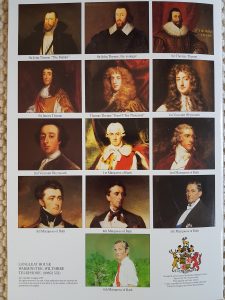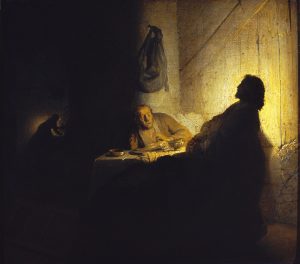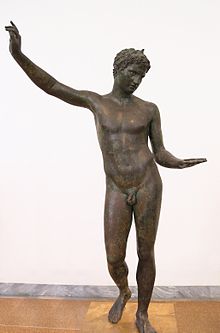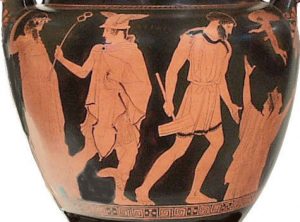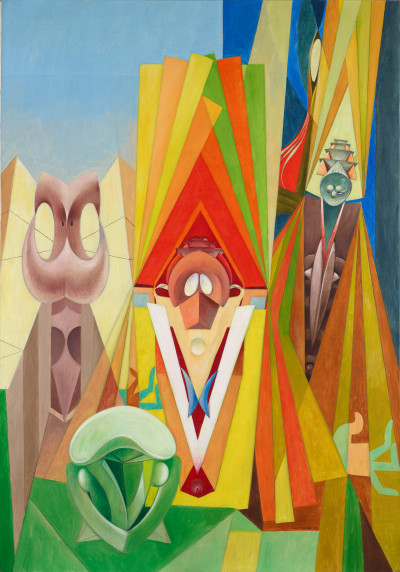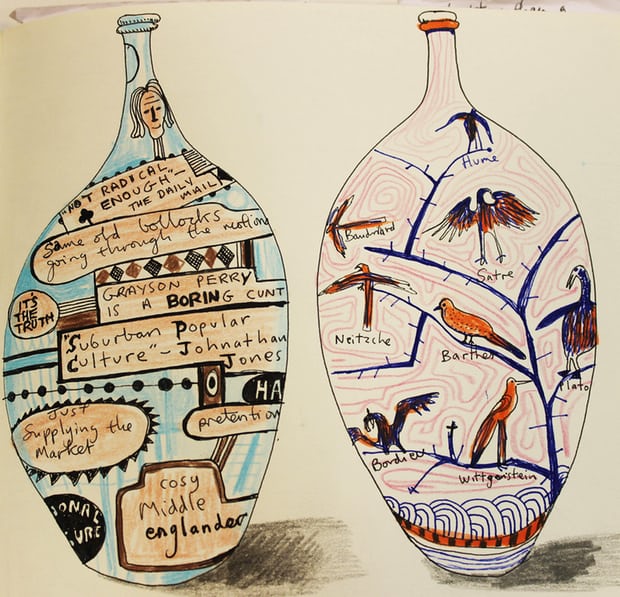I have watched many interviews with, and programmes by, Grayson Perry. His interviews are candid, challenging, often controversial. He often discusses in particular, the concepts of art and art vs craft in a uniquely honest, open way. With a complex series of works such as the Vanity of Small Differences it […]
You are browsing archives for
Tag: exercises
Visits – 18th Century Neo-Classical Hous
‘Neoclassical architecture is an architectural style produced by the neoclassical movement that began in the mid-18th century. In its purest form, it is a style principally derived from the architecture of classical antiquity, the Vitruvian principles, and the work of the Italian architect Andrea Palladio.’ (Wikipedia) Flourished 1750-1830 but as early as the 1680s the French architect Claude Perrault rejected Renaissance concept […]
Assignment Four – Collect some nineteent
Realism ‘In its specific sense realism refers to a mid nineteenth century artistic movement characterised by subjects painted from everyday life in a naturalistic manner; however the term is also generally used to describe artworks painted in a realistic almost photographic way. … realist subject matter meant scenes of peasant and working class life, the […]
Assignment Three – Create a version of a
Still lifes included ‘Vanitas’ paintings as well as more traditional vases of flowers, arrangements of selected objects. Vanitas paintings take inanimate objects that have hidden significance and meaning. Commonly with moral and religious themes, different objects have different meanings. Often symbols of brevity of life, transience of wealth, death, piety and moral behaviour. Tate gallery: […]
Visit to country house – Longleat
Originally a priory (pre 1233, dissolved 1529). By 1546 private residence. Remains of priory incorporated into cellars of current house. Buildings destroyed by fire in 1567. Sir John Thynne designed and built house in Elizabethan style and family occupied house from then to now. Robert Smythson thought to have had input into design. Extensive formal […]
Assignment Three – Prints for Sale
Market/clientele: 17th century merchants Devotional/Religious Narrative Allegorical Dutch Landscapes Domestic interior scenes Still life (allegorical or otherwise) Portraits Historical/social factors: 17th Century Netherlands emerging from 80 years war with Spain. Large wealthy merchant class as country became a political and trading power. North protestant fighting against Spain. South staunchly Catholic. Not much spending on religious […]
Assignment Two – Exercise – Draw classic
The Dying Gaul, Roman copy of a Hellenistic Greek sculpture c200BC Greek Kore wearing Chiton. c500BC, Acropolis Museum Servius Sulpicius Galba, Roman Consul and Emperor 3BC-69AD, bust Trebonianus Gallus, Emperor of Rome 251-253ad – Bronze statue, Metropolitan Museum of Art https://www.metmuseum.org/art/collection/search/247117 Analysis of Greek kouros and later Greek statue (describes contrapposto) https://www.thinglink.com/scene/634426545179459584
Assignment Three – Exercise: Study some
Ancient mythological depictions are complex. They may be regarded as a means of making sense of the elements or occurrences that today may be explained by science (Apollo the sun god, Poseidon, god of the ocean). They may also represent versions of real events, sometimes elaborated upon, altered and embellished. Mythological art is also a […]
Assignment One – Exercises (5) – Non-wes
Artists influenced by non-Western art African art Picasso – Les demoiselles d’Avignon. ‘African (or black) period’. Inspired by African statues at Trocadero museum (or possibly by statue shown to him by Matisse). Angular poses, bold colours, figures have features in style and poses similar to African masks. Matisse – Blue nudes (1952) inspired by his […]
Assignment One – Exercises (4) – Exhibit
Art critics have a range of functions, motivations and influences: They may be engaged by different employers with different drivers: Newspapers, magazines, websites, galleries, exhibition and auction catalogues, academic research/publications. Increasingly, they may also dance to their own tune and review via personal blogs and vlogs, unfettered by outside influences (although they may be looking […]


